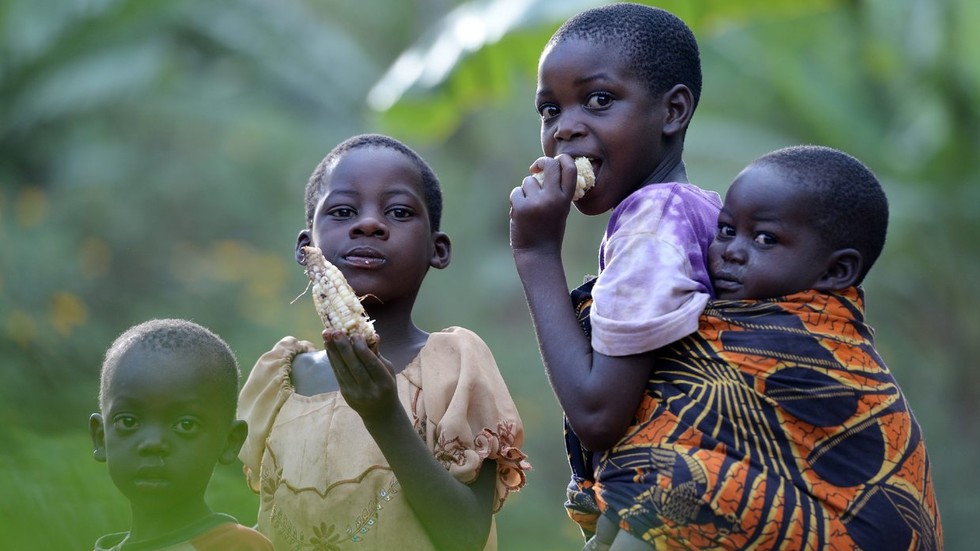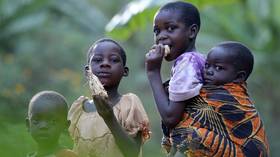
Over 120 million people in sub-Saharan Africa are under threat, IMF Africa head warns

© Global Look Press / Frank May
Some 123 million people, representing 12% of sub-Saharan Africa’s population, face acute food insecurity by the end of the current year, according to the IMF’s twice-yearly Regional Economic Outlook published on Friday.
The number of people expected to be challenged by the lack of access to adequate food this year will see a 50% surge versus 82 million people affected before the pandemic. The dramatic increase is attributed to the heavy blow of coronavirus and spillover effects from the Russia-Ukraine conflict, along with worsening unrest and drought in some parts of sub-Saharan Africa.
“What worries us really is the fact that this is coming on top of all of the dislocation caused by the pandemic,” Abebe Selassie, the director of the IMF’s African Department, said as cited by Reuters.
“I was in Chad and really the conditions that you saw there in terms of food security really are very, very horrifying,” he said, adding that Ethiopia, Somalia, and parts of Kenya were on track for a fifth failed rainy season, while famine is looming in Somalia.
Annual food price inflation in the region has stood at more than 10% since the second half of last year, and the IMF’s new economic outlook this week revised up its regional inflation forecast by two percentage points to 8.7% for 2022.
READ MORE:
Russia ready to help poor nations battle hunger – Putin
The Washington-based institution cut the GDP growth outlook by 0.2 percentage points to 3.6%, a significant drop from the 4.7% expansion in 2021, having warned that Nigeria, Ghana, Ethiopia, Malawi, and Zimbabwe may all need to raise interest rates faster or more decisively.
“It’s a delicate balancing act that central banks face,” Selassie said. “Inflation is this insidious, insidious tax on the poorest.”
For more stories on economy & finance visit RT’s business section




